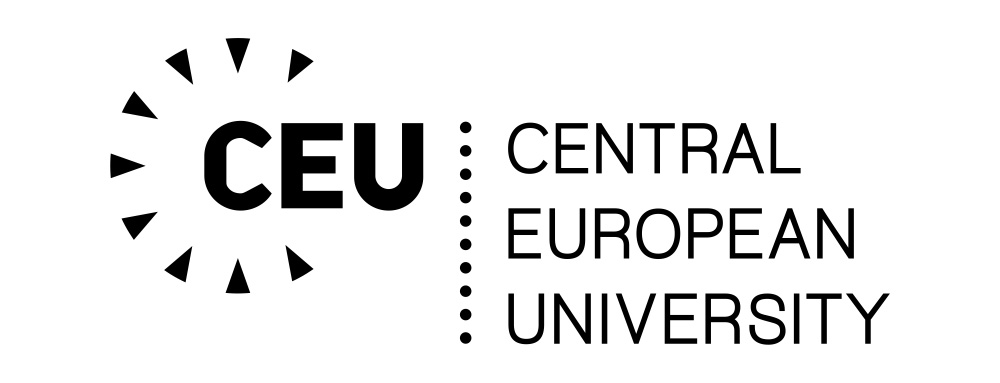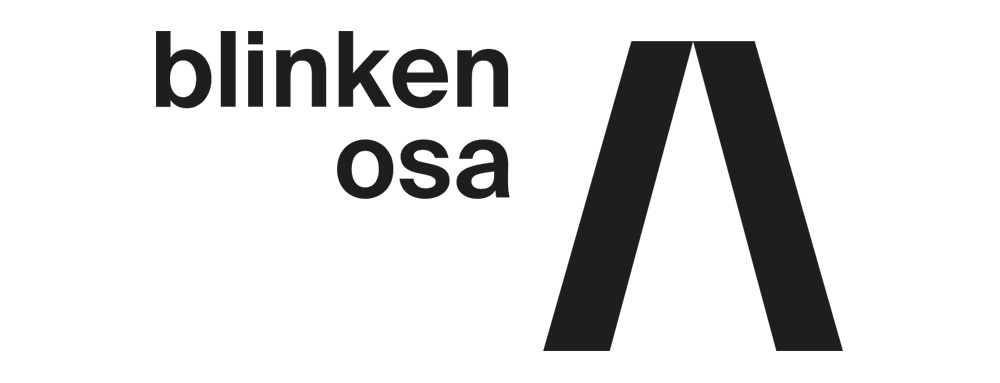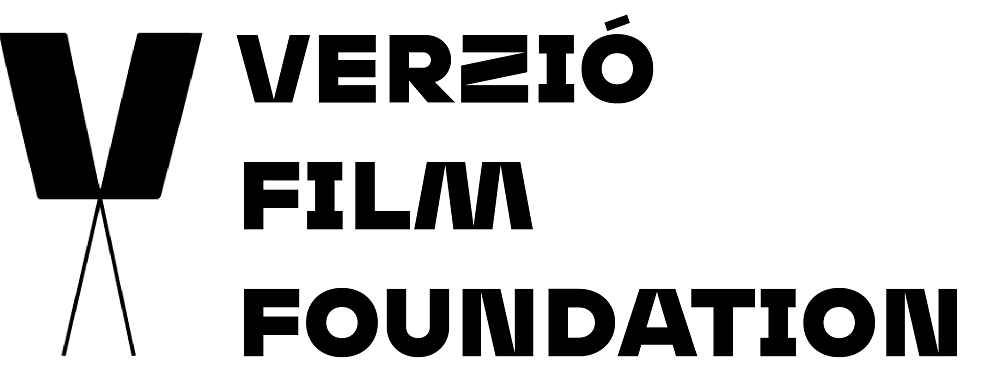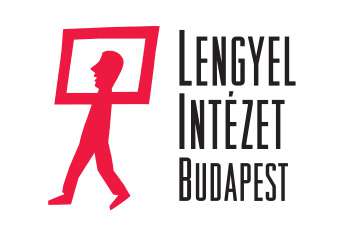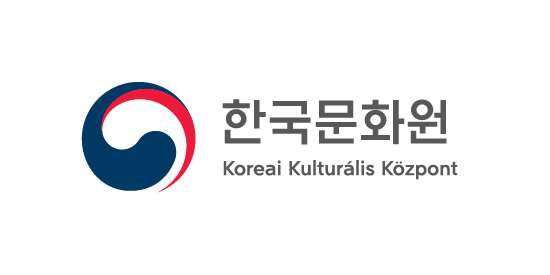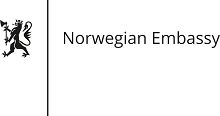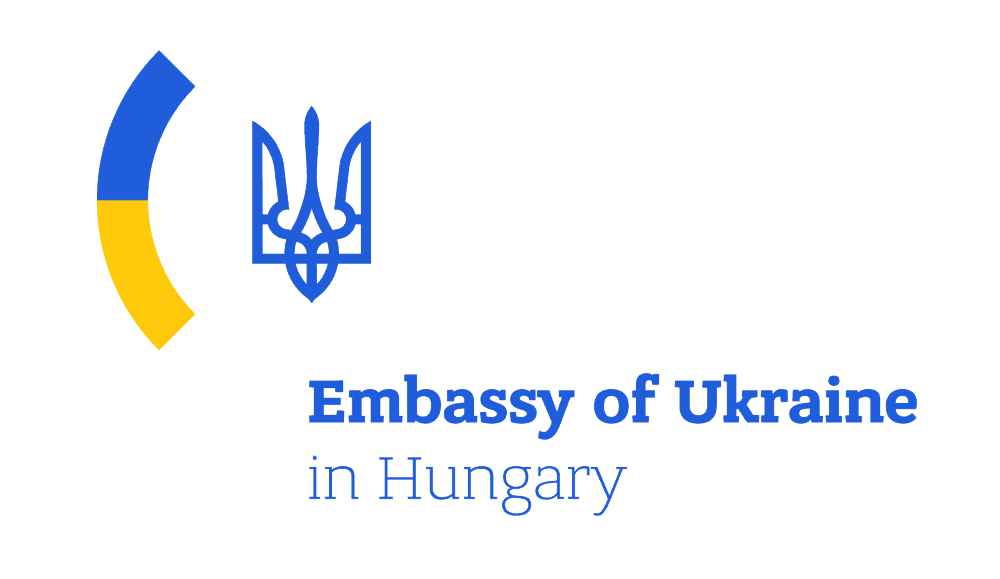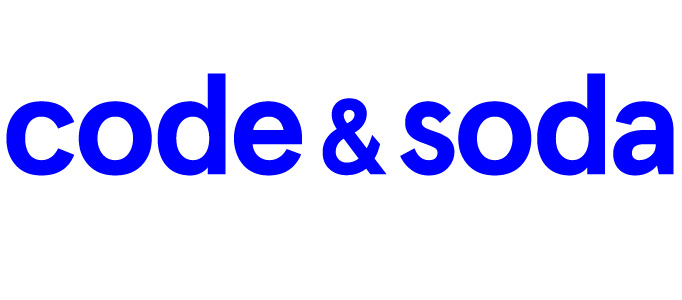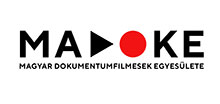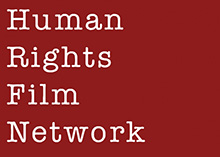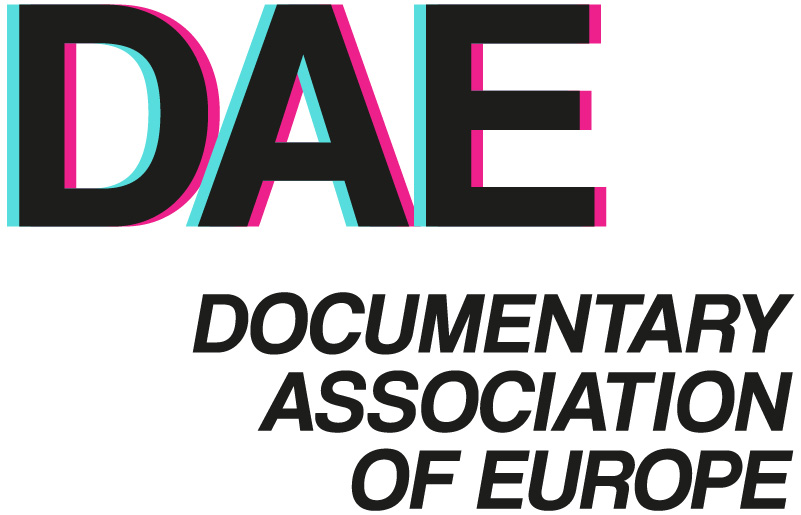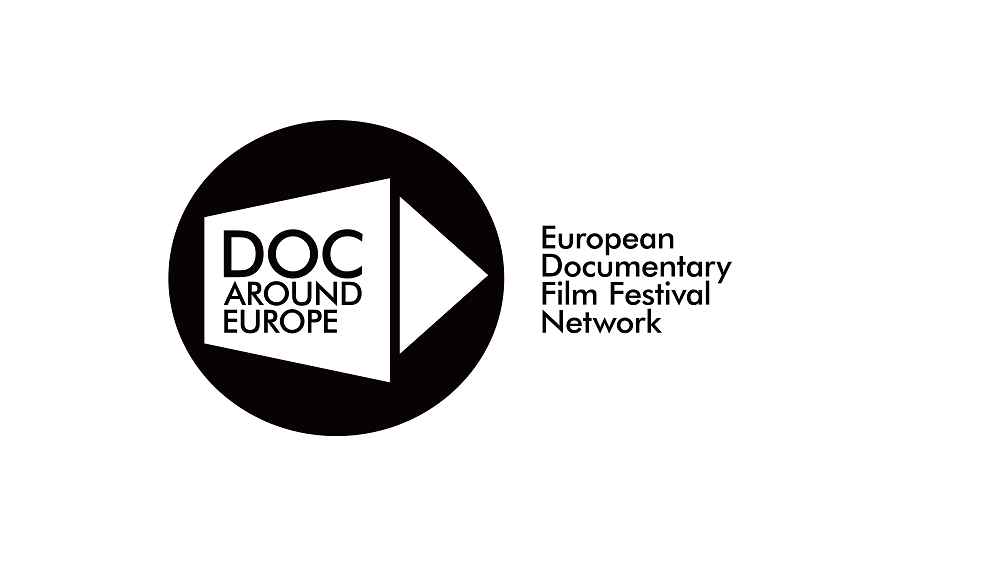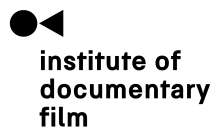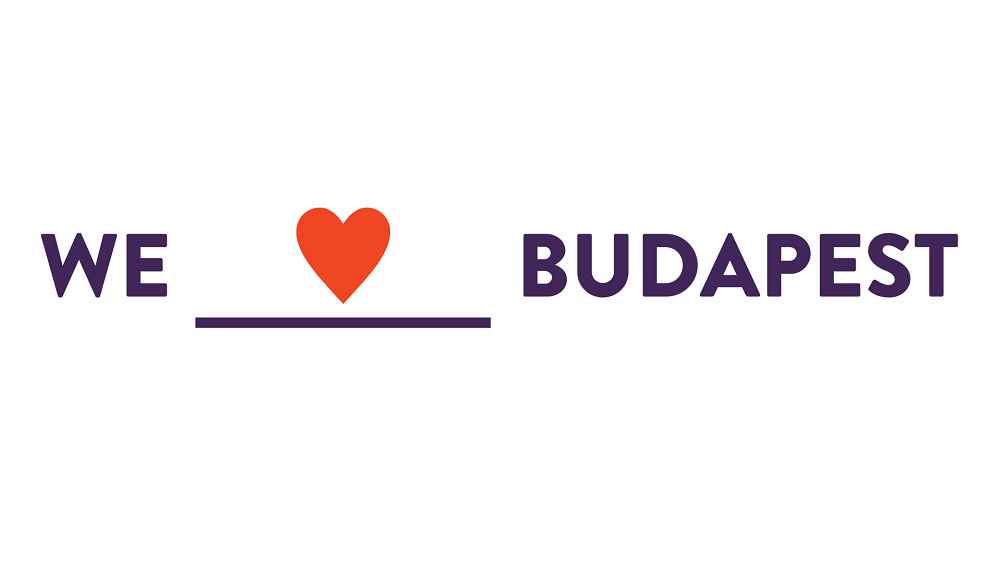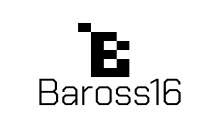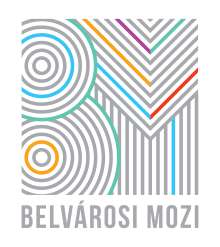A New Hope: The Young Indigenous Generation (The Territory)

The Territory (2022), which spanned three years of production, reveals the indigenous Uru-eu-wau-wau people's tireless struggle against deforestation by farmers and illegal settlers in the Brazilian Amazon. When Jair Bolsonaro became the president of Brazil in 2019, their lives were at stake more than ever before. Their struggle is led by the tribe's young leader, Bitaté, with the help of activist Neidinha. Rather than violence, Bitaté uses drones and social media as the main tools to inform the world about the tribe's desperate situation. This shows explicitly that the reaction of this generation of indigenous people is different from that of the past. How should we understand the advent of this tech-savvy indigenous generation?
Their character can be described as active, young, technological, and educational. And in the scene shot by the young Uru-eu-wau-wau highlights these elements. Bitaté teaches the tribe's younger generations how to use the high-tech device. The implication is that the use of technology would characterize this indigenous generation. Defining this tech-savvy generation as 'new' may bring the argument that there should be distinct differences in their values or culture from the old generation. However, these differences are hardly found in their attitude because keeping the Uru-eu-wau-wau tribe's heritage and culture in the territory is the most fundamental and core value for Bitaté and his companions. Hirsch, for example, mentioned 'postmodern' as a way to describe both a critical distance and a profound interrelation with the modern [1]. In this context, the prefix 'post' may be an alternative to define the growing number of the tech-savvy generation in the Uru-eu-wau-wau people. Bitaté's generation is different from the old in terms of using high-tech devices but also inherits the traditional heritage of the Uru-eu-wau-wau people. Of course, it cannot be simplified since there are many things to examine before one can define the generation's characteristics. These things include the history of the Uru-eu-wau-wau people, social cohesion, morals, and ethics.
Nevertheless, the use of high-tech is a distinct feature of this indigenous generation, making a clear line that distinguishes it from the old generation. Therefore, referring to it as the young indigenous generation would be proper from the biological perspective in this text. The main aim is that this young indigenous generation wants connectivity, not isolation, using technological devices as communication tools like any of us in contemporary society.
The young indigenous generation's remarkable activities are marked when the Uru-eu-wau-wau people face danger. First, the transfer of power to young Bitaté occurred when the Uru-eu-wau-wau people realized how hostile the Bolsonaro government was. Soon after Bitaté became a new leader, the Uru-eu-wau-wau tribe faced its most desperate moment, the death of Ari, who was in the surveillance team. He was found dead, and the circumstantial evidence convinced the tribe that someone had murdered him. The reaction of the tribe to this suspicious murder led to the tribe's meeting scene. In the meeting, some of the Uru-eu-wau-wau tribe members were terrified, and others were furious. While some insisted on fighting back violently, the young leader Bitaté suggested not war but a legitimate solution to inform the authorities of the damage. Using high-technology devices such as drones and GPS, he recorded evidence of the invaders guarding themselves and their territory. Their involvement as cinematographers accelerated their passionate engagement with the film. During the pandemic, Bitaté created a media team within the tribe, filmed it, and contributed to the film when production was impossible. Furthermore, Bitaté exposed the truth to the world by uploading it to social networks.
One may argue that using their industrial products is contradictory, citing climate change and ecosystem crises for maintaining indigenous and Amazonian conservation areas. However, if we consider the main instigators of the planet crisis, it seems impossible to criticize indigenous people. We already owe them, as they have kept their territory from the worsening crisis concerning the climate and the ecosystem. Bitaté tells us in the film that the planet's temperature will rise five degrees due to the Amazon's deforestation. According to Sengupta, Uru-eu-wau-wau puts his life on the line to protect the riches of his ancestral lands: jaguars, endangered brown woolly monkeys, and natural springs from which 17 important rivers flow [2]. Moreover, Sengupta mentions that this benefits the world's 7.75 billion people; the Amazon, accounting for half the remaining tropical rainforest, helps regulate Earth's climate and nurtures invaluable genetic diversity. Therefore, this means the existence of indigenous people is helpful for the planet's future and possibly solves the planet's crisis by researching their lifestyle.
By not showing pre-modern indigenous people in catastrophic danger and featuring tech-savvy young ones who try to connect with the world to reveal the truth they face, The Territory asks the audience to reconsider them from a new perspective. They are not models that show pre-modernity in the Museum of Anthropology. They are people of the world coexisting with us. They, too, are living in the age of communication. Protecting their heritage is saving the planet.
[1] Hirsch, Marianne: The generation of postmemory. Poetics today 29.1 (2008) pp. 103-128. p. 106.
[2] Sengupta, Somini, et al. "There's a Global Plan to Conserve Nature. Indigenous People Could Lead the Way." www.nytimes.com, March 11. 2021, www.nytimes.com/2021/03/11/climate/nature+conservation-30-percent.html (Accessed November 6 2022.)
Ryoh Heejung
ELTE BTK Film Studies MA
